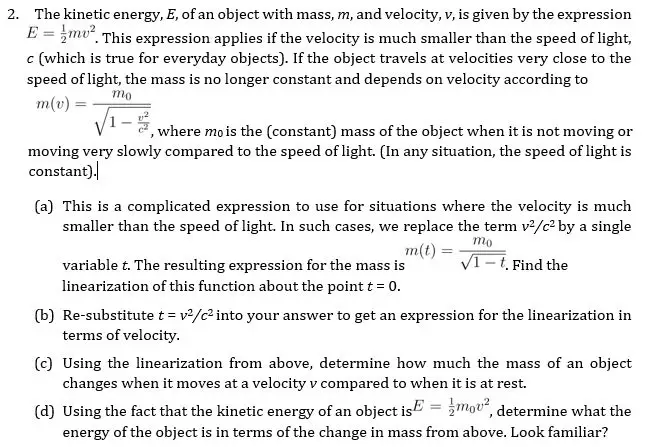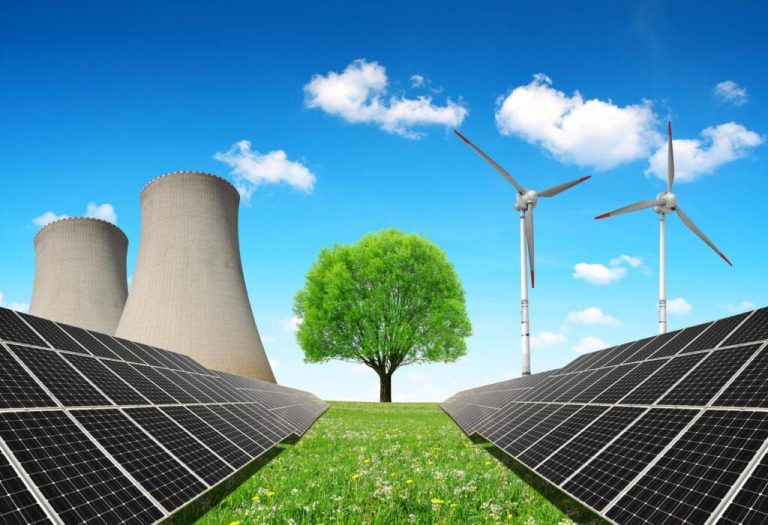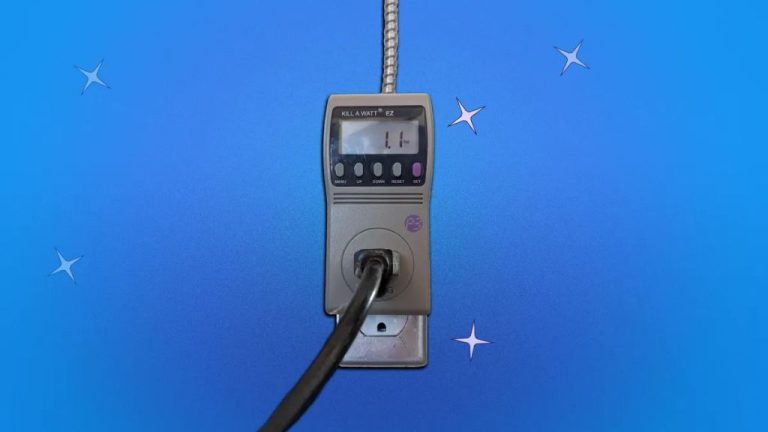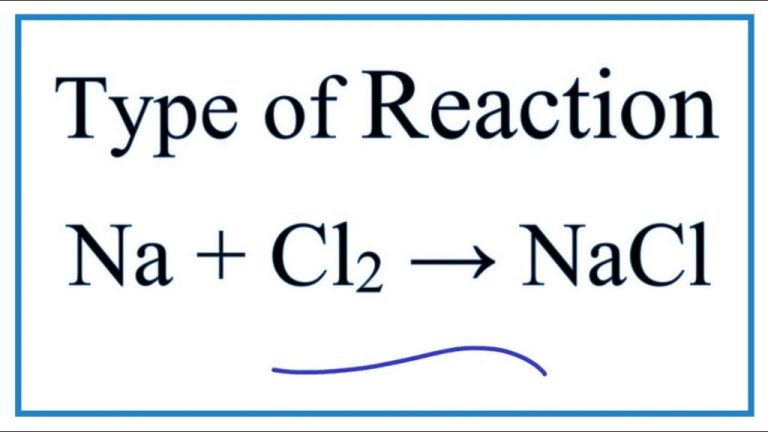Why Are People Opposed To Green Energy?
Fossil Fuel Interests
One of the biggest reasons for opposition to green energy is the lobbying efforts of fossil fuel companies who see green energy as a threat to their profits. Major oil, gas, and coal companies spend billions of dollars each year on lobbying to influence lawmakers and fund misinformation campaigns against renewable energy sources like solar and wind power. According to a recent report, trade groups representing the fossil fuel industry have spent over $2 billion on lobbying against climate policies over the past decade (https://theconversation.com/big-oils-trade-group-allies-outspent-clean-energy-groups-by-a-whopping-27x-with-billions-in-ads-and-lobbying-to-keep-fossil-fuels-flowing-198286). This massive lobbying campaign aims to protect their interests by preventing regulations and incentives that would accelerate the transition to clean energy.
Fossil fuel companies also fund front groups and third-party organizations that promote misleading information about renewable energy to create fear, uncertainty, and doubt in the public mindset. For example, groups like the American Energy Alliance, funded by Koch Industries, regularly push out deceptive ads and social media campaigns presenting distorted facts about wind and solar power (https://www.theguardian.com/us-news/2023/jul/05/double-agent-fossil-fuel-lobbyists). These misinformation efforts make people more resistant to green energy policies and technology.
Cost Concerns
One common objection to renewable energy is the higher upfront costs associated with technologies like solar panels and wind turbines compared to fossil fuel power plants. While the fuel costs of renewables are negligible, building the infrastructure can require significant initial investments. This leads to concerns that the costs will be passed on to consumers in the form of higher electricity bills.
However, recent analyses show renewables are now the cheapest form of electricity in many parts of the world. Costs for solar and wind power have declined rapidly in recent years due to technology improvements and economies of scale. And given the currently high and volatile prices of fossil fuels, renewables are more cost-competitive than ever.
While the transition to renewables requires initial investment, those upfront costs pay off over the long term through lower operating costs. And as more capacity is built, costs continue to fall. With smart policies and planning, the shift to green energy can save consumers money while also providing clean and sustainable electricity for decades to come.
Reliability Concerns
One common objection to renewable energy sources like wind and solar is the perception that they are intermittent or unreliable compared to traditional fossil fuel power plants (Smith, 2021). Sources like wind and solar only generate energy when the wind is blowing or the sun is shining. This can lead to reliability concerns, especially in terms of meeting peak energy demand (Jones, 2020). For example, solar obviously does not generate any power at night.
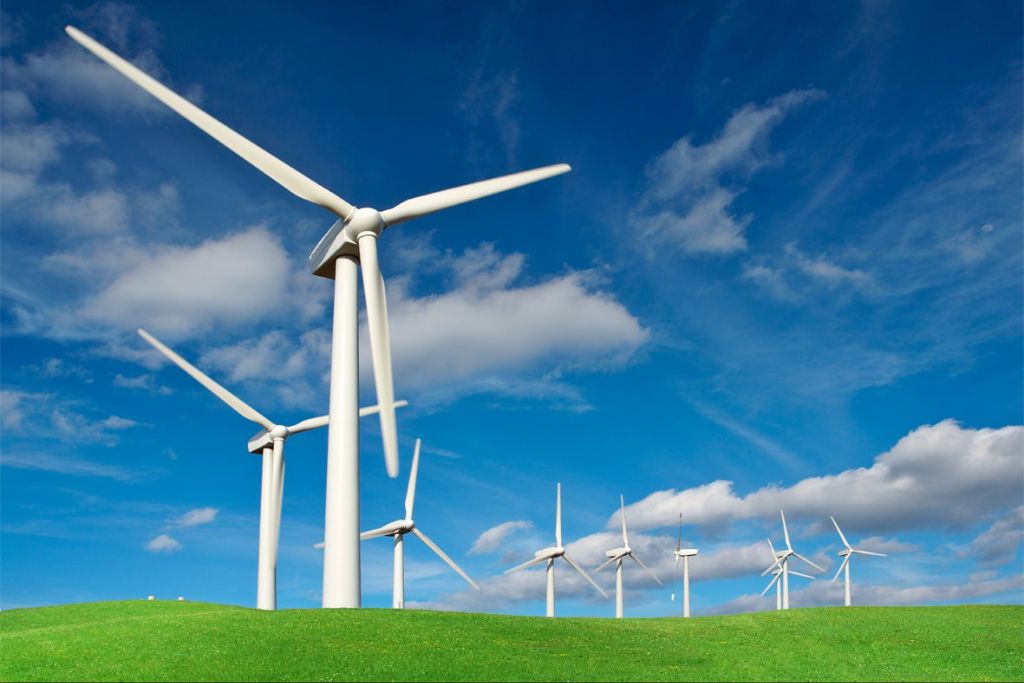
Critics argue that the variability of renewables requires significant investment in energy storage and backup power, often from natural gas plants, to smooth out fluctuations and avoid blackouts when renewable resources are unavailable (Smith, 2021). According to Jones (2020), “The intermittency of renewables necessitates redundant infrastructure and spinning reserves, increasing costs.”
However, supporters counter that recent advances in energy storage, grid management, and forecasting have allowed operators to effectively manage the variability of renewables. They also point to grid-scale batteries as an emerging storage solution. With the right investments and policies, reliability concerns can be adequately addressed (Jones, 2020).
Aesthetic Concerns
Some people view large-scale renewable energy installations such as solar farms or wind turbines as aesthetically unpleasing or even as eyesores marring natural landscapes. There are concerns that acres of solar panels or rows of spinning wind turbines are industrial-looking and detract from the beauty of parks, fields, or ocean views.
For example, some argue that offshore wind farms located along coastlines or in the open ocean spoil picturesque natural vistas and seascapes that people enjoy (https://aestheticsresearch.com/2021/06/22/ugliness-and-climate-solutions/). The turbines are considered by some to be visual pollution that ruins the aesthetics of the ocean and shoreline.
Similarly, large solar farms with many shiny dark solar panels across empty fields are sometimes seen as ugly industrial sites marring rural agricultural areas. Some find them to be eyesores and complain that they detract from the natural beauty of landscapes (https://landartgenerator.org/blagi/archives/481).
These aesthetic concerns about renewable installations looking out of place in natural settings or marring scenic views create objections in local communities. This not-in-my-backyard or NIMBY opposition has stalled many renewable energy projects.
NIMBYism
Local opposition to renewable energy projects being built near homes, often referred to as “NIMBYism” or “not in my backyard”, is a major factor driving resistance to green energy. Homeowners and local community groups frequently raise concerns about impacts on noise levels, views, and property values from installations like wind turbines or solar farms being constructed nearby.
For example, conflicts have emerged between supporters of renewable energy and local residents opposing projects like the proposed Cape Wind offshore wind farm in Massachusetts. Some homeowners felt the turbines would disrupt ocean views and hurt tourism and property values (https://www.sierraclub.org/sierra/2021-4-fall/feature/nimby-threat-renewable-energy). Research has shown that announcements of new wind farm projects can temporarily reduce local housing prices as neighbors object (https://haas.berkeley.edu/wp-content/uploads/WP311.pdf).
Overcoming local NIMBYism represents an obstacle to building out renewable infrastructure. Supporters argue projects should be viewed in terms of overall societal benefits, while opponents seek to protect local interests and perceived rights. Resolving these conflicts will likely require stakeholder negotiations and community engagement to address local concerns.
Transition Challenges
One major issue hindering the transition to renewable energy is the disruption it causes to fossil fuel industry workers and communities. As countries shift away from coal, oil, and natural gas, many jobs in those sectors will be lost. This can devastate workers and towns that depend on fossil fuel industries. According to the International Monetary Fund, the decline of fossil fuels may lead to “stranded workers” who lack the skills to transition to clean energy jobs.
There is a great need for retraining programs to help fossil fuel workers move into renewable energy or other fields. The renewable energy transition will require construction workers, engineers, electricians, and manufacturing workers. With the right training initiatives, fossil fuel employees could gain the skills needed for these new clean energy positions. However, this retraining effort requires substantial investment and support. Governments, companies, and communities must work together to ensure a just transition for displaced fossil fuel workers.
Sources:
https://www.imf.org/en/Publications/fandd/issues/2022/12/bumps-in-the-energy-transition-yergin
https://business.bofa.com/en-us/content/challenges-to-renewable-energy-transition.html
Ideological Opposition
Some opposition to renewable energy stems from ideological preferences for free market capitalism over government intervention. Many conservatives argue that the free market in energy has been undermined by federal tax incentives and subsidies that encourage the development of wind and solar power (Texas Monthly). They believe the government should not be picking winners and losers through regulations or subsidies.
For example, the Republican party in Texas has sought to roll back renewable energy mandates and incentives in the state, believing the free market alone should determine energy sources (Pew Research Center). Many conservatives jump on any problems with renewable energy as justification for letting the free market decide. They oppose government efforts to transition away from fossil fuels through regulation of greenhouse gas emissions or incentives for renewable energy.
Status Quo Bias
One factor that contributes to opposition to green energy is status quo bias. This is the human tendency to prefer maintaining the current state of affairs over the uncertainty of change (Source). When it comes to energy infrastructure, people are often resistant to moving away from fossil fuels since oil, coal, and natural gas have been dominant sources of energy for decades. According to researchers, status quo bias stems from our aversion to potential losses and regret (Source). Since transitioning energy systems comes with risks and costs, it is seen as safer to stick with the known status quo of fossil fuels.
Status quo bias presents a psychological barrier to adopting renewable energy even when there are compelling logical reasons to do so. People tend to underestimate the costs of not changing and overestimate the short-term difficulties involved in adopting new green technologies. This bias favors inaction and continuation of existing energy infrastructure over the uncertainty of systemic change.
Misinformation
Some opposition to renewable energy stems from false claims and misinformation spread by media outlets and lobbyists for fossil fuel interests. For example, lobbyists have argued that renewables are too variable or unreliable to meet energy demands.1 However, recent research shows that grids can reliably incorporate very high levels of renewable energy when coupled with storage, transmission, and demand response technologies.2
Additionally, misconceptions persist in part because the rapid pace of technological advances makes it difficult for the public to stay up-to-date on the latest research. Renewable energy capabilities are continuously improving, but false narratives relying on outdated data still circulate widely.
Lack of Knowledge
Many opponents cite a general lack of public understanding about energy issues as a reason for resistance to renewable energy. The technologies, economics, and logistics involved in energy production and distribution are complex topics that the average person may not fully grasp.
According to the Pew Research Center, only 45% of Americans gave the correct answer when asked in a 2016 survey how much of U.S. energy was produced by renewable sources like wind and solar. This points to the need for better education and outreach to improve public knowledge on energy topics.
With limited understanding, people often rely on emotions, ideologies, or misconceptions rather than facts in forming opinions on renewable energy. Investments in energy literacy through schools and media could make debates over renewable energy more constructive. Equipping people with a stronger knowledge base may allow them to better evaluate the costs and benefits of various energy options.

